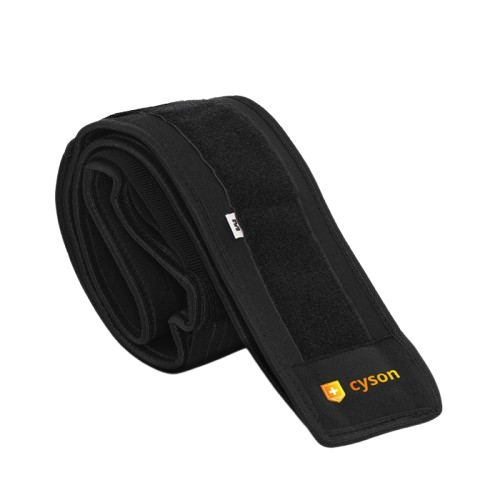The Sacroiliac (SI) joint might be small, but it’s doing an important job. The joint is situated at the base of your spine. The joint connects your pelvis with your lower back. This joint assists you to stand, walk and turn without excessive stress. However, if this joint becomes damaged or weak, it may result in a mild ache as well as sharp, numbing twinges. It can cause you to feel shaky when moving. It’s why you call the SI joint painful–and although it may be painful, knowing it’s the first step towards feeling more comfortable.
What exactly is SI Joint Pain?
Consider the SI joint like a shock absorber for your body. It’s not a big mover; however, it does stabilise your pelvis and aids in shifting the weight of the upper part of your body to your legs. When your joint isn’t performing correctly, due to pain, misalignment or strain — you could suffer tension in your hips, lower back and possibly down your legs.
What causes SI Joint Inflammation?
SI joint pain could be a surprise to any person. Common causes include:
- Bad posture: Working for long hours sitting at your desk or lying on the sofa can strain your back.
- The pregnancy process: Hormonal changes and excess weight could cause a loosening of your ligaments and make the joint less secure.
- Injury: Falls, car accidents or sporting mishaps could directly impact the joint.
- Age-related arthritis or arthritis: Wear and tear with time may make joints swollen or painful.
- Asymmetric leg length, or walking pattern: even small imbalances could strain one side of your pelvis more than the others.
How to Know if Your SI Joint is Having Issues
At times, SI joint pain may appear similar to other ailments, such as sciatica. Being aware of the symptoms is crucial:
- An intense ache or intense pain that is felt within your lower back and buttocks
- It is a pain that runs through your thighs, but never over the knee
- It is uncomfortable getting up from a sitting position or bending over
- The pain can be severe after prolonged periods of sitting or standing, or going up the stairs
- Feeling that your lower back or pelvis may not be stable enough
If any of these symptoms are familiar you should speak with an expert in healthcare.
Innovative Strategies to Help Your SI Joint
1. SI Joint Belts
They wrap comfortably over your hips, providing soft support while stabilising your joint. They’re ideal for everyday wear and post-partum support, or any person suffering from chronic pain in their lower back.
2. Training and stretching
Simple exercises and stretches that help strengthen your core, glutes, as well as your lower back could have a significant impact. The more secure those muscles feel, the lower the tension the SI joint will feel.
3. Heating & Cold Therapy
The warmth helps loosen tight muscles. Cold packs help decrease inflammation. Combining the two may provide immediate relief.
4. Ergonomic Adjustments
Simple changes, such as a comfortable back cushion, chair, or even changing your desk’s height, could reduce the strain on your back. It also helps ensure that your pelvis is aligned.
Conclusion
SI joint pain may make daily activities seem like a struggle. However, it doesn’t need to be a factor in your daily life. If you have the proper assistance, soft exercises and healthy posture, it is possible to lessen discomfort and remain active. Instruments such as those of the SI Joint Belt and other ergonomic devices aid in managing joint pain and ensure your joints are protected. To find reliable and effective products to aid in SI joint support as well as general joint health, go to www.cyson.in.
FAQs
What does SI joint discomfort appear as?
It may feel like an ache that isn’t as intense, an intense twinge, or an ache or tingling sensation in your hips, lower back or buttocks.
What is the length of time SI joint discomfort persists?
Mild discomfort can ease in just the course of a few weeks with appropriate medical treatment. However, persistent pain could require ongoing assistance and therapy.
Can exercise make SI joint pain more severe?
High-impact activities can cause irritation to the joint; however, gentle strength and stretching exercises can aid in relieving discomfort.
Do you need to put on an SI joint belt for a day?
Yes! If it is worn correctly, it will provide assistance and may help to ease discomfort, but not restrict movement.
What is the best time to see an ophthalmologist?
If the pain continues to get worse or impacts your everyday life, it is recommended to see a spine or physiotherapist.

